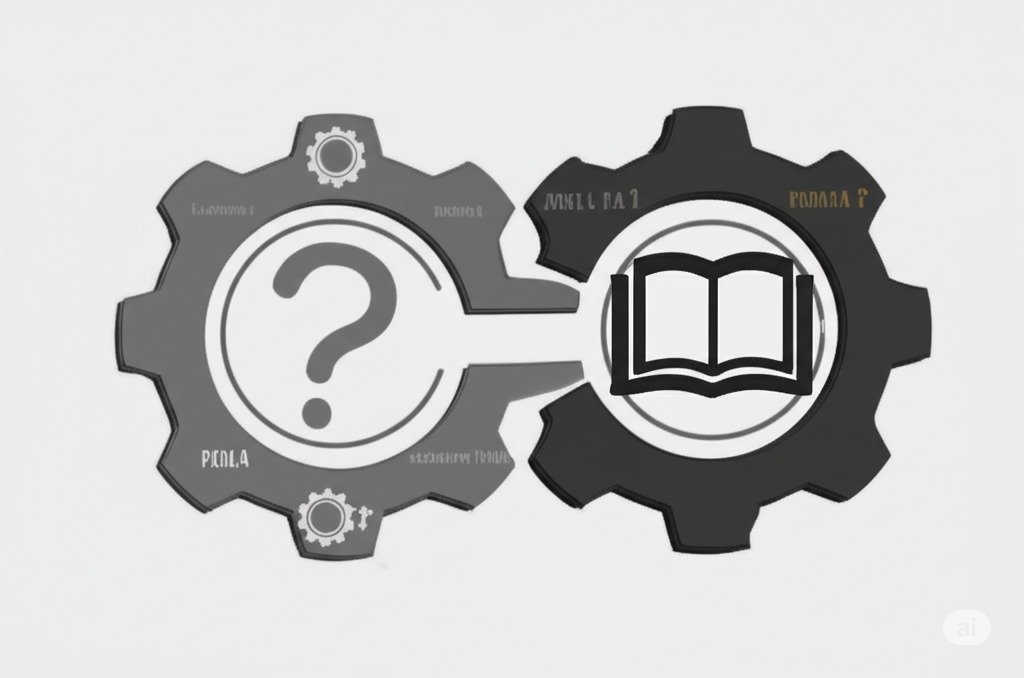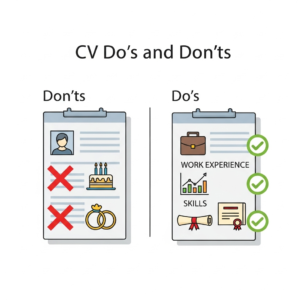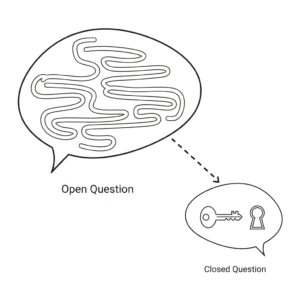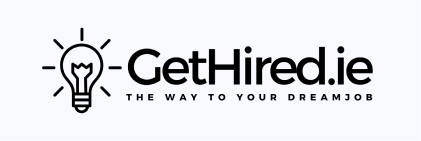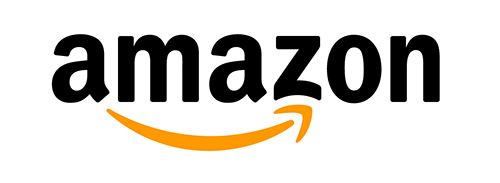In a rapidly evolving job market, it’s no longer enough to simply list your skills on a CV. Today, employers look for compelling narratives that show how you think, solve problems, and grow from challenges.
That’s why frameworks like SAO (Situation, Action, Outcome) and SHARE (Situation, Hindrance, Action, Result, Evaluation) are gaining so much ground — not only among candidates preparing for interviews, but also among experienced hiring managers and HR professionals looking to structure better conversations.
🌟 Why structured storytelling matters
A LinkedIn Talent Solutions study found that structured interviews improve hiring outcomes by up to 62%, reducing bias and ensuring candidates are consistently evaluated on their competencies.
And it’s not just about fairness. A Harvard Business Review analysis highlights that people who regularly reflect on their work experiences — breaking them down into challenges, actions, and results — improve their future performance by 23%.
In other words, telling your story well isn’t just about impressing an interviewer. It’s about clarifying your own professional growth and better preparing yourself for future roles.
🚀 What is SAO?
SAO stands for Situation, Action, Outcome. It’s a clean, results-driven framework:
- Situation: What challenge or context did you face? Example: “Our customer retention dropped 15% last quarter.”
- Action: What specific steps did you take? “I launched a new engagement campaign and set up regular check-ins with key clients.”
- Outcome: What was the measurable result? “We increased retention by 25% within three months.”
✅ Why use SAO?
It’s perfect for roles where results are critical — like sales, marketing, project management, and tech delivery. It gives interviewers a snapshot of your impact, without unnecessary details.
🔍 What is SHARE?
SHARE builds on this by adding Hindrance (the obstacles you faced) and Evaluation (what you learned and how you applied it later):
- Situation: What was the starting point?
- Hindrance: What obstacles did you run into? “We were preparing to launch a new service when our supplier suddenly increased prices by 40%.”
- Action: How did you respond? “I renegotiated terms and identified a backup vendor within two weeks.”
- Result: What happened after? “We launched on schedule and kept costs under control.”
- Evaluation: What did you learn, and how did you use it later? “Now I always secure secondary suppliers in advance, which saved us again during another shortage last year.”
🔎 Why SHARE?
This framework shines in interviews for roles that demand strategic thinking, adaptability, or continuous improvement, like operations, HR leadership, or quality assurance.
It doesn’t just show you can achieve a result — it proves you can learn and evolve, which is vital in today’s unpredictable business environment.
🧠 The neuroscience of narrative
According to research published in the Harvard Gazette, stories activate multiple areas of the brain, increasing retention and emotional engagement. This means that interviewers are far more likely to remember your experience if you share it as a structured story, rather than a list of tasks.
In short: frameworks like SAO and SHARE don’t just organize your answers — they light up the brains of the people interviewing you.
💡 When to use each?
✅ Use SAO when you want to quickly showcase your direct impact, especially in roles that measure success by KPIs and deliverables.
✅ Use SHARE when the employer values resilience, learning, and long-term thinking — or when you want to demonstrate how you’ve grown from complex challenges.
🔄 A new standard for interviews
In our work coaching candidates and advising hiring teams at GetHired.ie, we’ve found that introducing these models increases clarity on both sides of the table. Candidates feel more confident sharing their stories, while interviewers walk away with a deeper, clearer understanding of their potential.
And in a world where over 80% of employers now prioritize soft skills like adaptability and critical thinking over technical skills alone (World Economic Forum, 2023) — mastering how you tell your story isn’t optional. It’s essential.
✨ Final thoughts
At the end of the day, interviews aren’t just about checking boxes. They’re about connecting human experiences to business needs. By using frameworks like SAO and SHARE, you’re not only showcasing your results — you’re proving your capacity to learn, adapt, and keep delivering value, no matter what challenges come your way.

